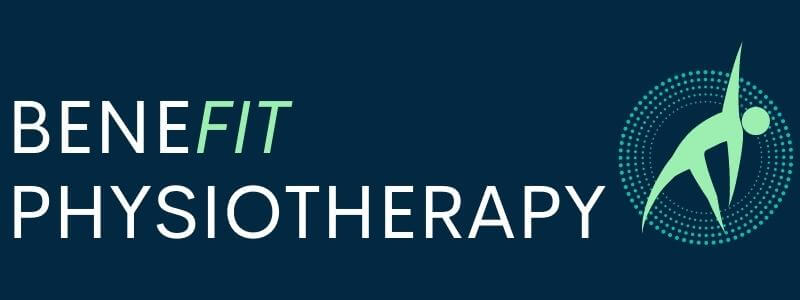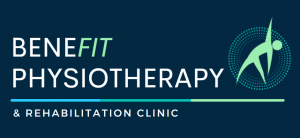ACL tears are one of the most feared injuries in sports. The severe pain, instability of the knee, long rehab time and likelihood of surgery make ACL tears extremely difficult to navigate. Despite its severity, most athletes are able to get back into their sports following this injury.
Notable examples of professional athletes returning to sport after their ACL injury include Zlatan Ibrahimovic , Tom Brady and Tiger Woods. To understand this injury you’ll need a good understanding of anatomy, symptoms, treatment options and long-term outcomes.
Here we’ll try and answer common questions like:
- Can an ACL heal on its own?
- Can you still walk on a torn ACL?
- Do I need surgery for a torn ACL?
- How long will it take to recover from a torn ACL?
What is the ACL?
The anterior cruciate ligament (ACL) is one of four major ligaments in the knee. It helps connect the thigh bone to the shin bone to provide stability at the knee.
Its role is to stop the shin bone from gliding too far forwards and rotating too much relative to the thigh. This means that the ACL is vulnerable when an excessive amount of force is placed in these positions.
Often this happens in contact sports when impact places the knee into an awkward position which puts more load on the ACL than it’s able to handle causing it to tear.
However, in some cases this can occur without any external force on the knee.
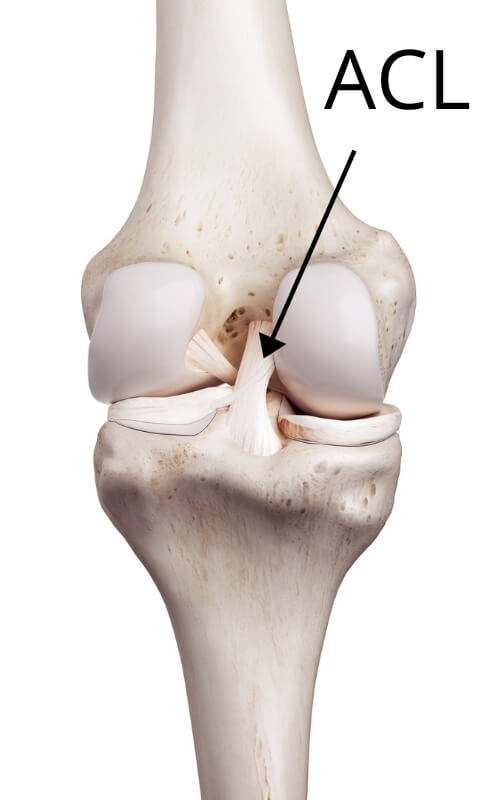
Signs and Symptoms of ACL Injuries
The most common early sign of an ACL injury is the feeling that the knee went out of place or the foot went one way while the body went the other way. This motion places the knee in what’s called the ‘valgus’ position – where the knee moves inwards while the foot remains out.
This is followed by a loud “pop” or “crack” sound and usually (but not always) significant pain in the knee. To answer the question – Yes you will be able to walk on the knee after you’ve torn your ACL. This is because the other cruciate ligaments known as the PCL, MCL and LCL are holding the knee in place. But your walking won’t be normal.
Without an intact ACL your knee will feel unstable or wobbly and you’ll most likely be limping around with a bent knee. Over the next hour the knee will swell up like a balloon and may continue to get worse overnight.
At this stage it’s advised to seek an assessment and advice from your physiotherapist. They will check the knee ligaments for rupture and determine what further testing is going to be required.
Some people will attempt to rest the knee until the movement returns and the swelling reduces. Although this seems to work in the short term, there will be ongoing issues with the knee and it’ll likely continue to be unstable.
This is because the ACL (in most cases) will not heal on its own.
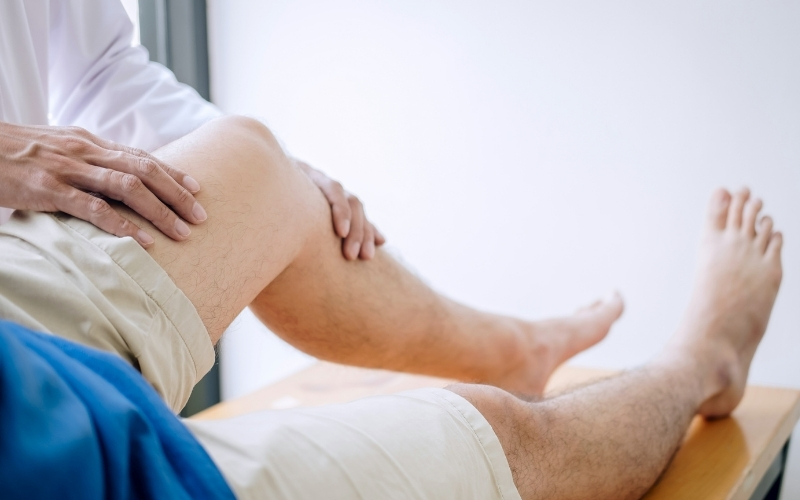
Other Injuries To Consider
It is common for other parts of the knee to become injured when you tear your ACL. Because of the valgus force required to tear the ACL, the medial meniscus and medial collateral ligament (MCL) are vulnerable to tearing.
Injuries that occur to the ACL, MCL and medial meniscus are referred to the ‘unhappy triad’ and is a common combination seen with ACL tears.
It’s also common to get bone bruising with ACL tears. When the ACL fails it results in excessive movement of the thigh and shin bones which will cause them to collide. This contact between the two bones can cause significant bone bruising or even a fracture of the knee.
All of these additional injuries to the ACL will require immediate attention and should be managed under the guidance of your physiotherapist.

How to Treat Your ACL Injury?
This is the type of injury that you should treat seriously.
Failure to have your knee injury properly diagnosed and treated can have detrimental long-term outcomes by causing further damage or accelerating the development of osteoarthritis.
A famous example of this occurring is to golfer Tiger Woods in 2007 tore his ACL and continued to play through to the 2008 US open. Remarkably he won this tournament playing without an ACL! His prize…a stress fracture to the tibia (shin bone). This decision to play through the pain continues to plague Tiger’s game today.
Before seeing the physiotherapist you should take as much pressure off the knee as possible, be diligent with ice packs and elevate the knee where possible.
If your physiotherapist is suspicious of an ACL tear they will refer you for an MRI scan of the knee. Depending on your level of instability and damage to other structures of the knee, they may also provide you with crutches and a knee brace to protect the knee from further damage.
If your MRI scan confirms the diagnosis of a ruptured ACL, the next step will be to speak to an orthopaedic surgeon.
You should continue regular visits to the physiotherapist during this period to work on knee motion, reduce swelling and progressively strengthen the quadriceps muscle to support the knee. Not only will this improve the knee’s recovery, it can also reduce complication should you require surgery.
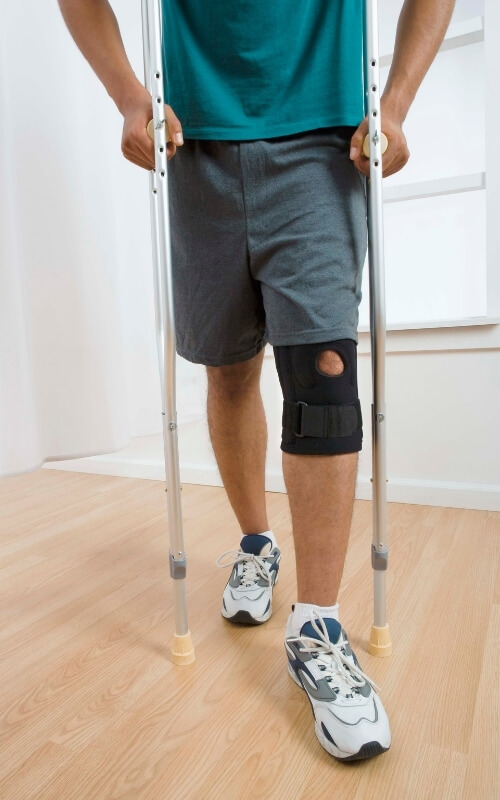
A big question that’s being asked in the medical world is “do I need surgery for my ACL tear?”
For most people the answer is yes. The ACL is crucial in a sporting environment because it supports the knee with twisting movements and changing directions.
Under certain circumstances you may be advised against having this operation. This is mostly reserved for people with chronic ACL tears where the ACL has naturally worn away over time, or in young children where surgery will compromise the health of the growth plate creating a more serious problem for the growth of the child.
Speaking as a physiotherapist – whether to operate on the torn ACL or not, is a decision that should be made between the injured individual and the orthopaedic surgeon. A good orthopaedic surgeon will understand the pros and cons of each choice in the framework of the most available evidence and advise you to choose the path that provides the most beneficial long-term outcome for your knee.
Ultimately you have the power to pick what happens to your knee.

How Long Will I Be Out of Sport After My ACL Tear?
Regardless of whether you treat your ACL with surgery or conservatively through physiotherapy rehabilitation, the normal timeframe for you to return to sport is 9 months.
This can extend to 12-months in cases where the ACL has been torn for a second time or if the risk of re-rupture is high.
Your physiotherapist will guide through a staged rehabilitation program to help you return to sports in a safe and evidence-based manner.
The criteria for returning to sport is not just based on time, but also the function of the knee. When the knee is back to normal and the appropriate time has elapsed, a graded program of running and sports specific activity will help you get back to your desired sports.
Make an appointment today to get started on your rehabilitation.
One-on-One Physiotherapy Care - Complete Attention - You Deserve It !
Contact Us today to find out how we can help you.
